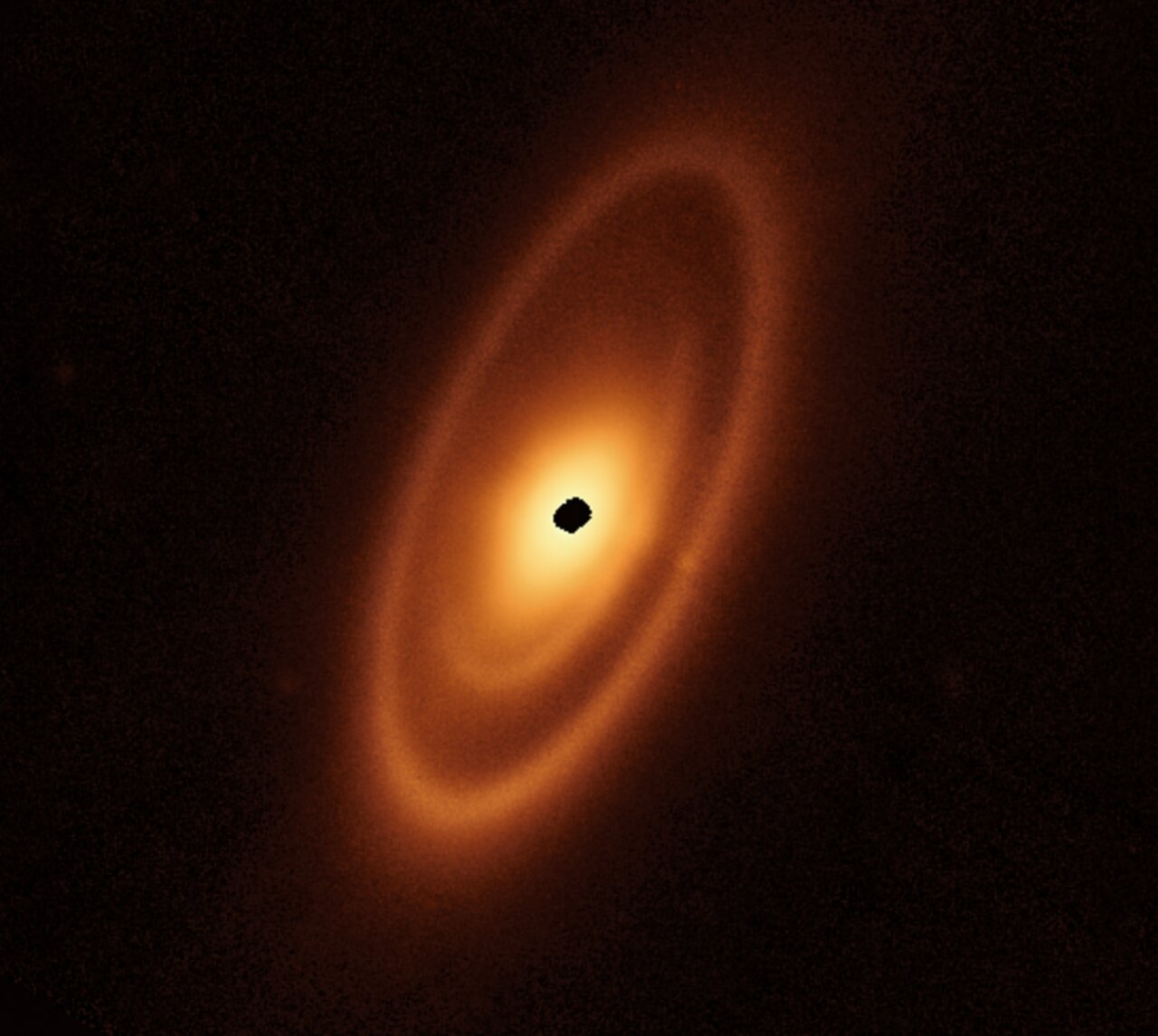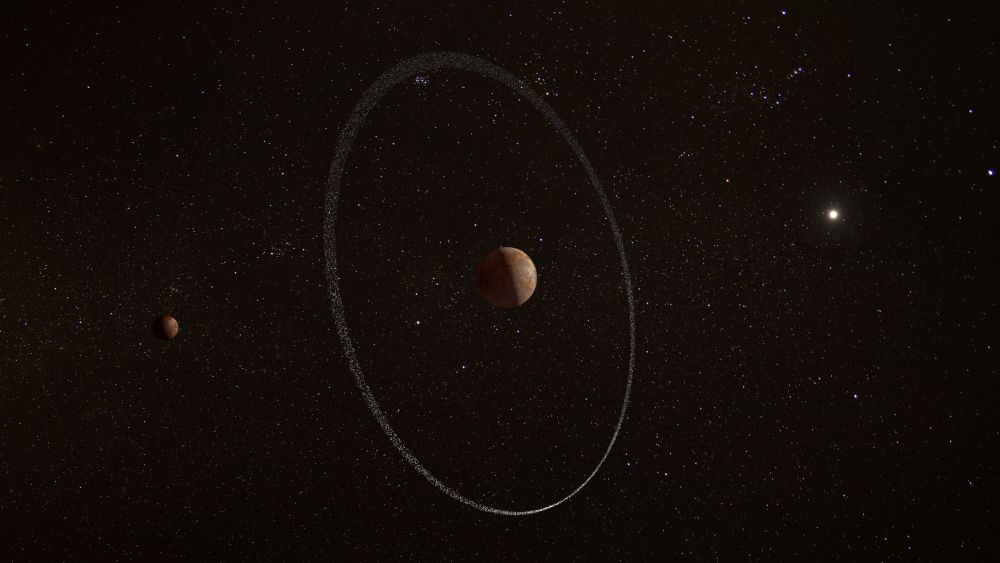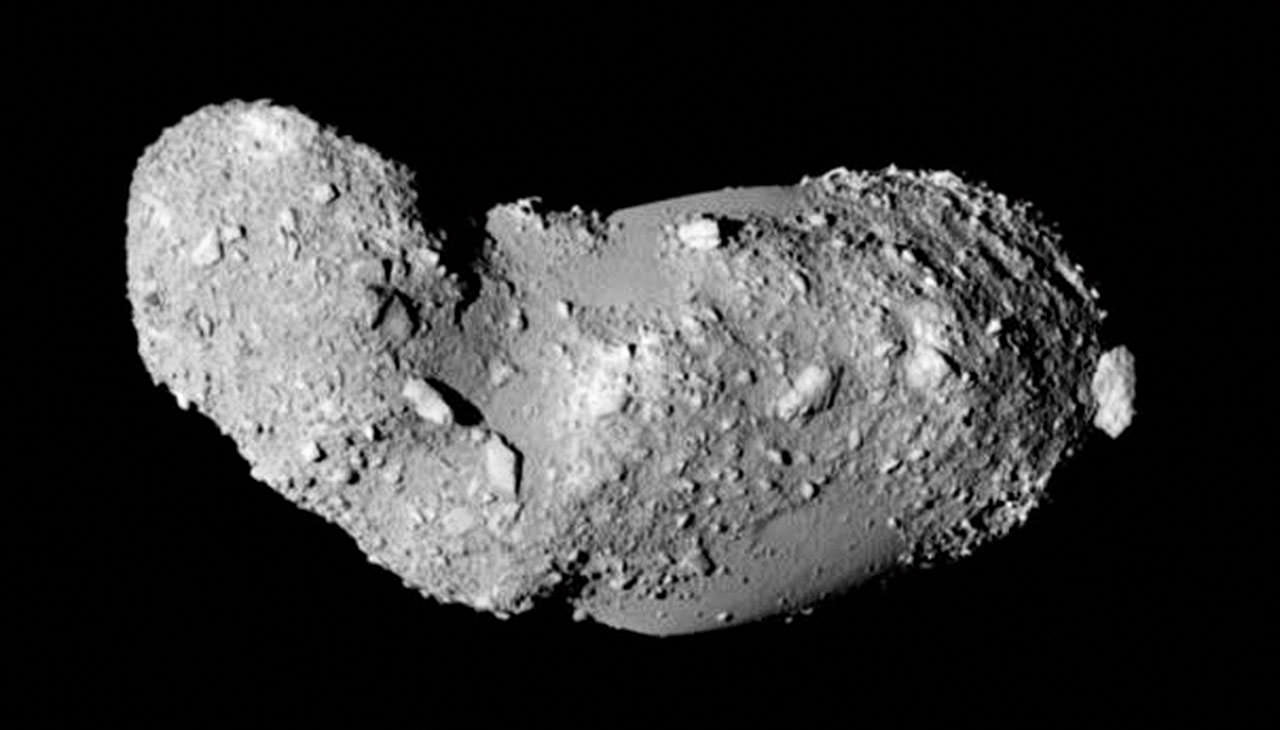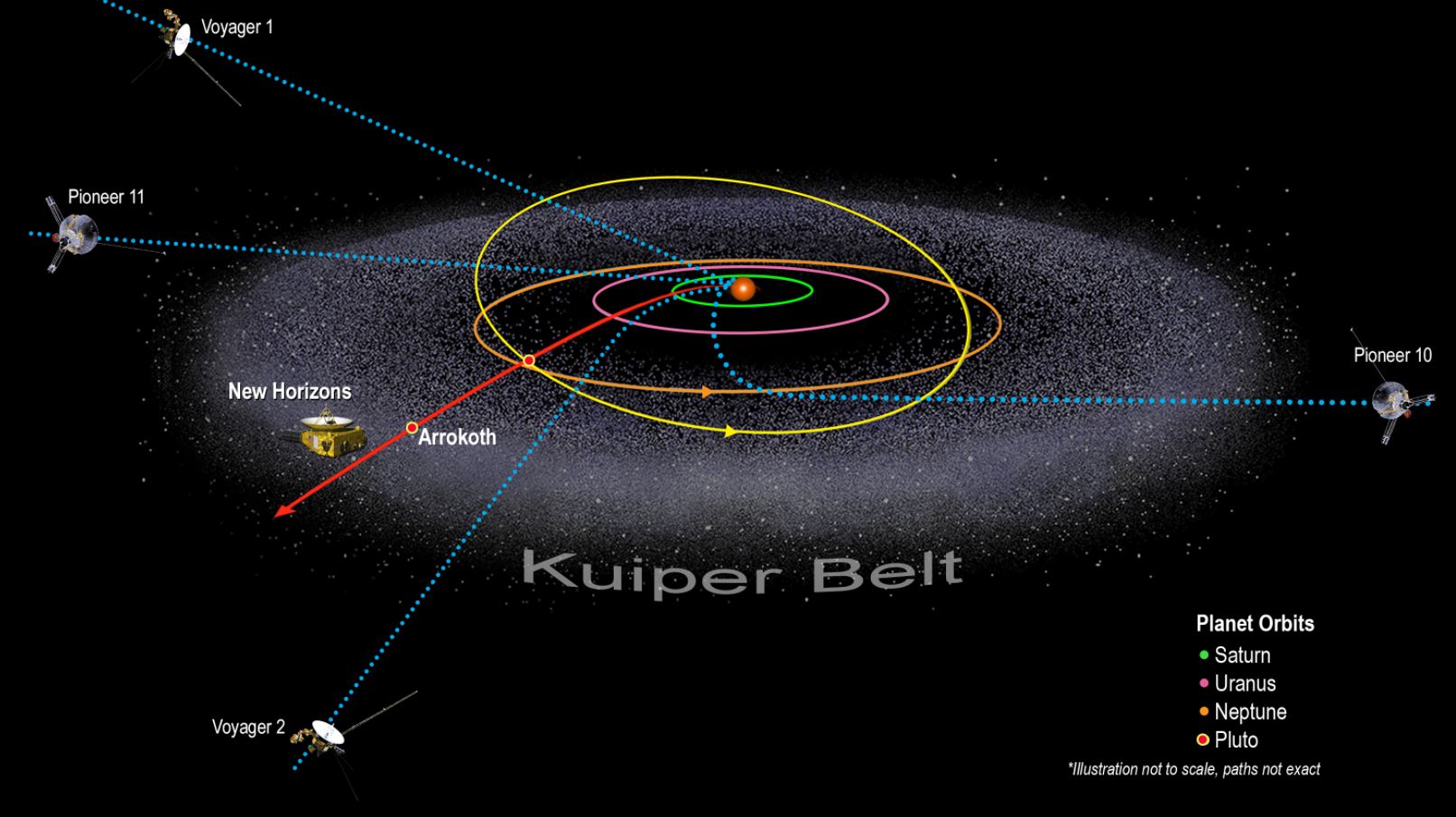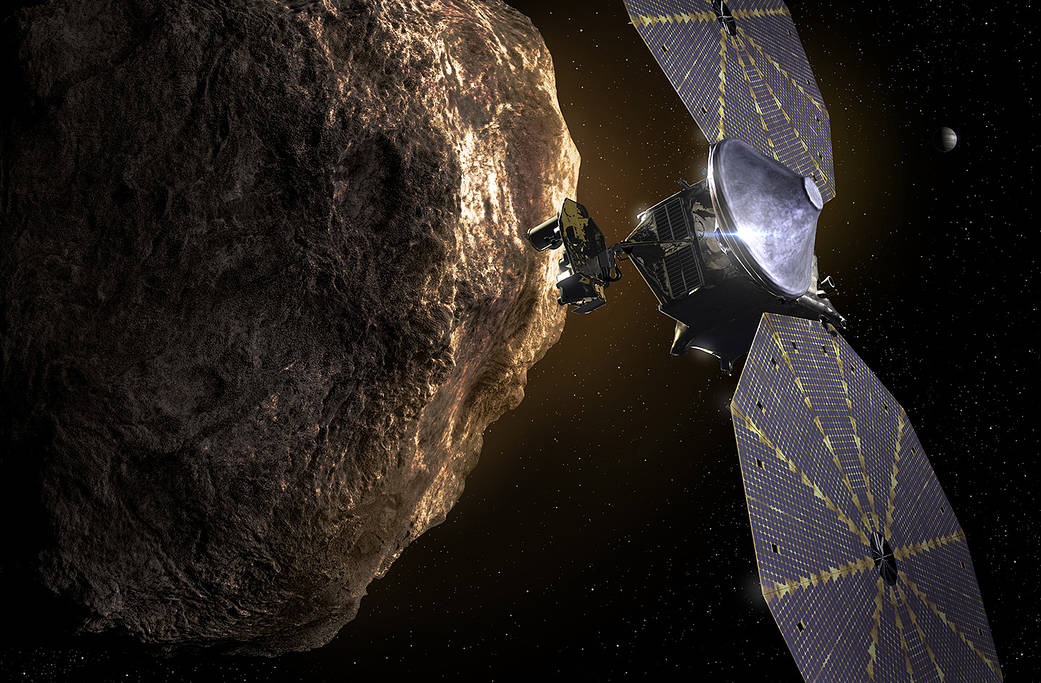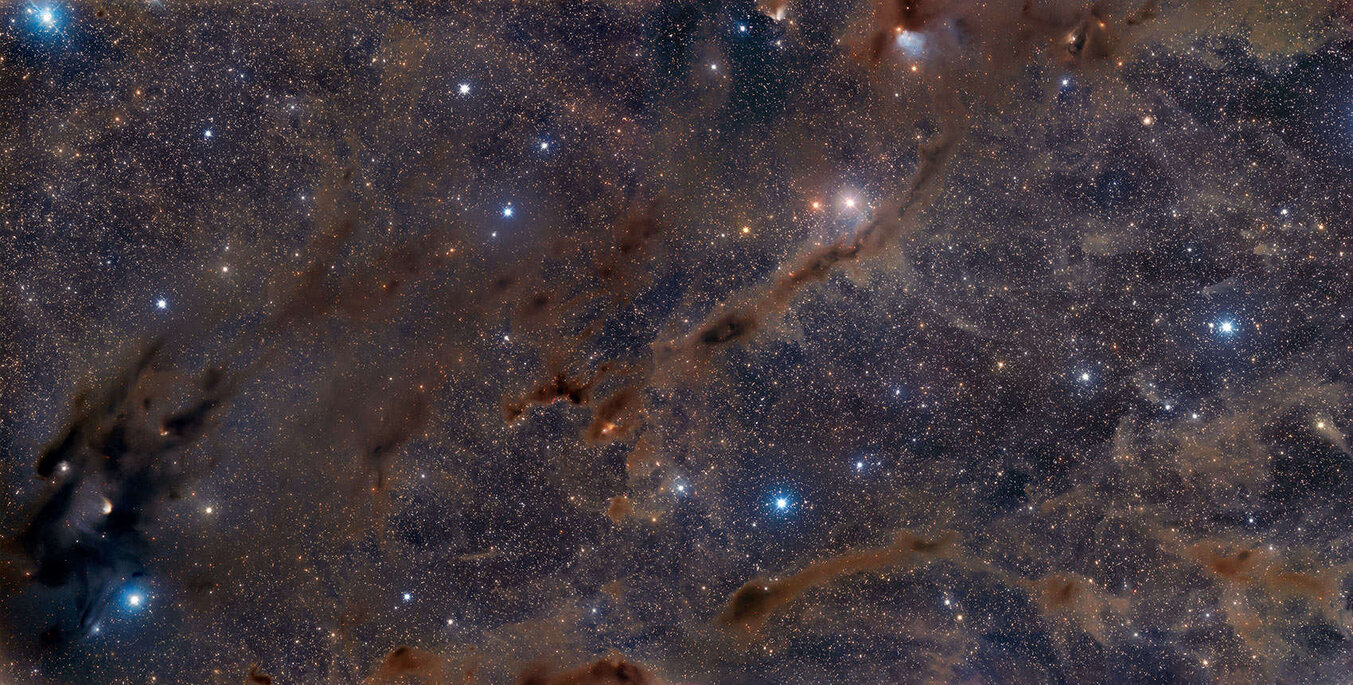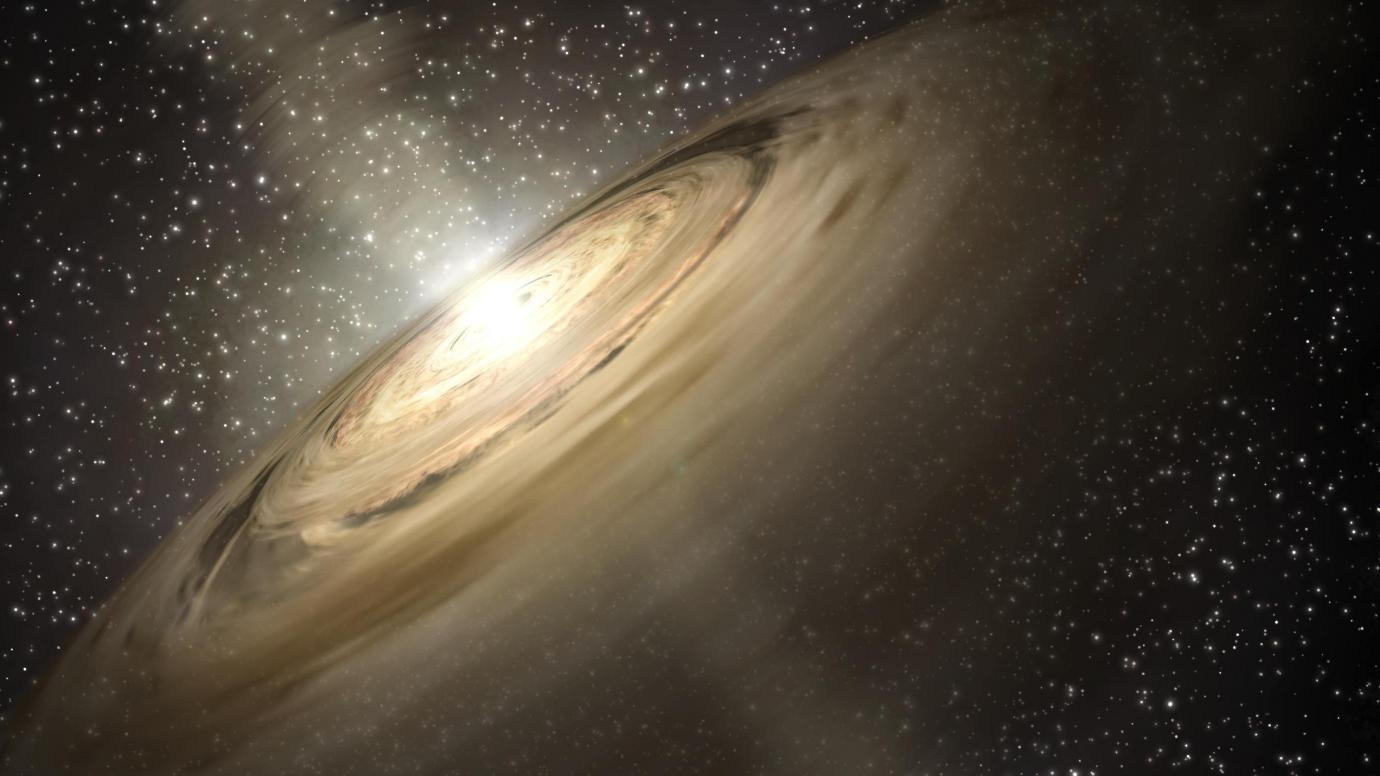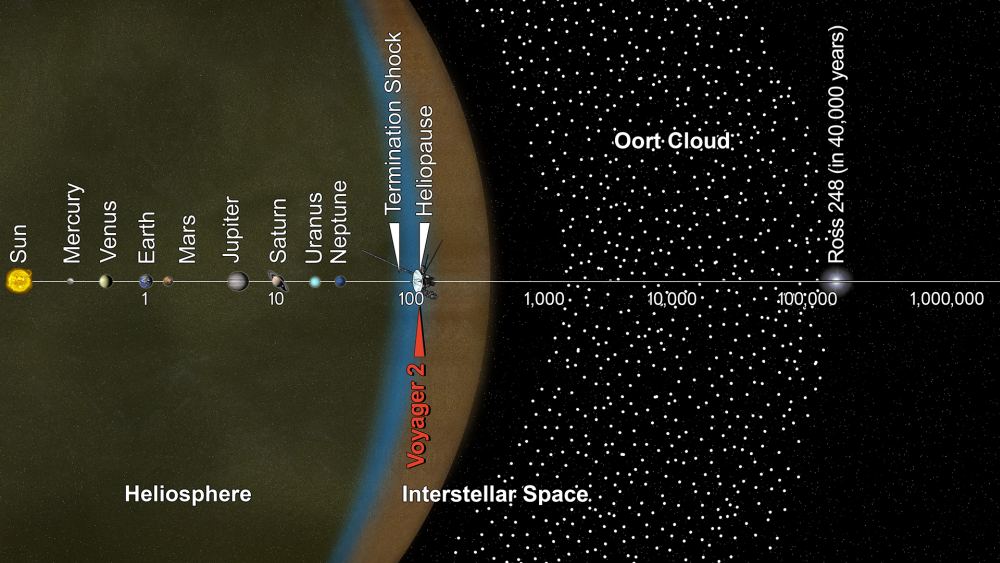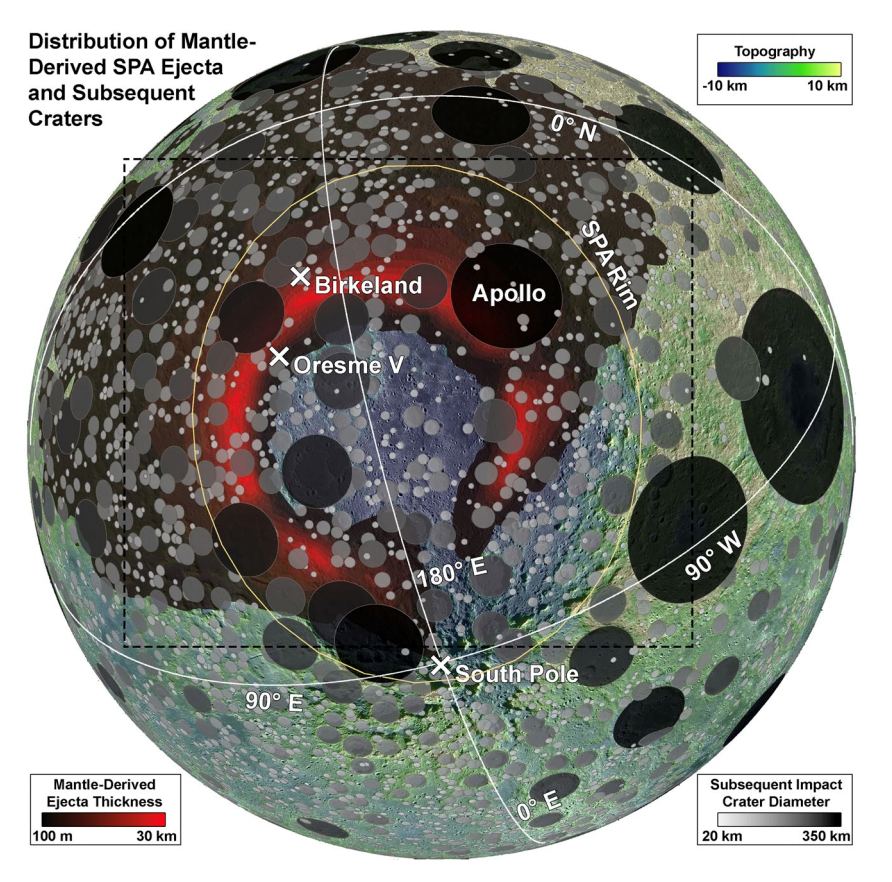One of the things astronomers would love to see is planets forming around other stars. That would help us understand our own Solar System better. But it all happens behind a veil of obscuring dust. The James Webb Space Telescope has the power to see through the veil.
A team of astronomers pointed the JWST at the well-known star Fomalhaut and its dusty debris disk. They found more complexity than they imagined, including hints of planets forming among all that dust and debris.
Continue reading “Webb Examined an Asteroid Belt and Found More Than it Bargained For”
